The UNESCO World Heritage Exhibition Gyeonggi 2025 is a gathering of global cultural masterpieces that have been recognized by UNESCO as World Cultural Heritage. The event will take place in Suwon, Gyeonggi Province, South Korea on October 18. The opening event was initiated by the Gyeonggi Provincial Committee for Culture, Sports and Tourism with the aim of turning the province into a global cultural tourism center.
The event will bring traditional cultural performances from five participating countries to the Jeongjo Theme Hall in Suwon to showcase UNESCO-recognized intangible cultural heritages for free, the organizers said. The performances will showcase the quintessence of humanity’s cultural and artistic heritage, found in Vietnam’s Ca Tru art, India’s Chhau dance, Mongolia’s Morin Khuur music, the Philippines’ Hudhud chanting of the Ifugao people, and Korea’s Lion Face Dance.
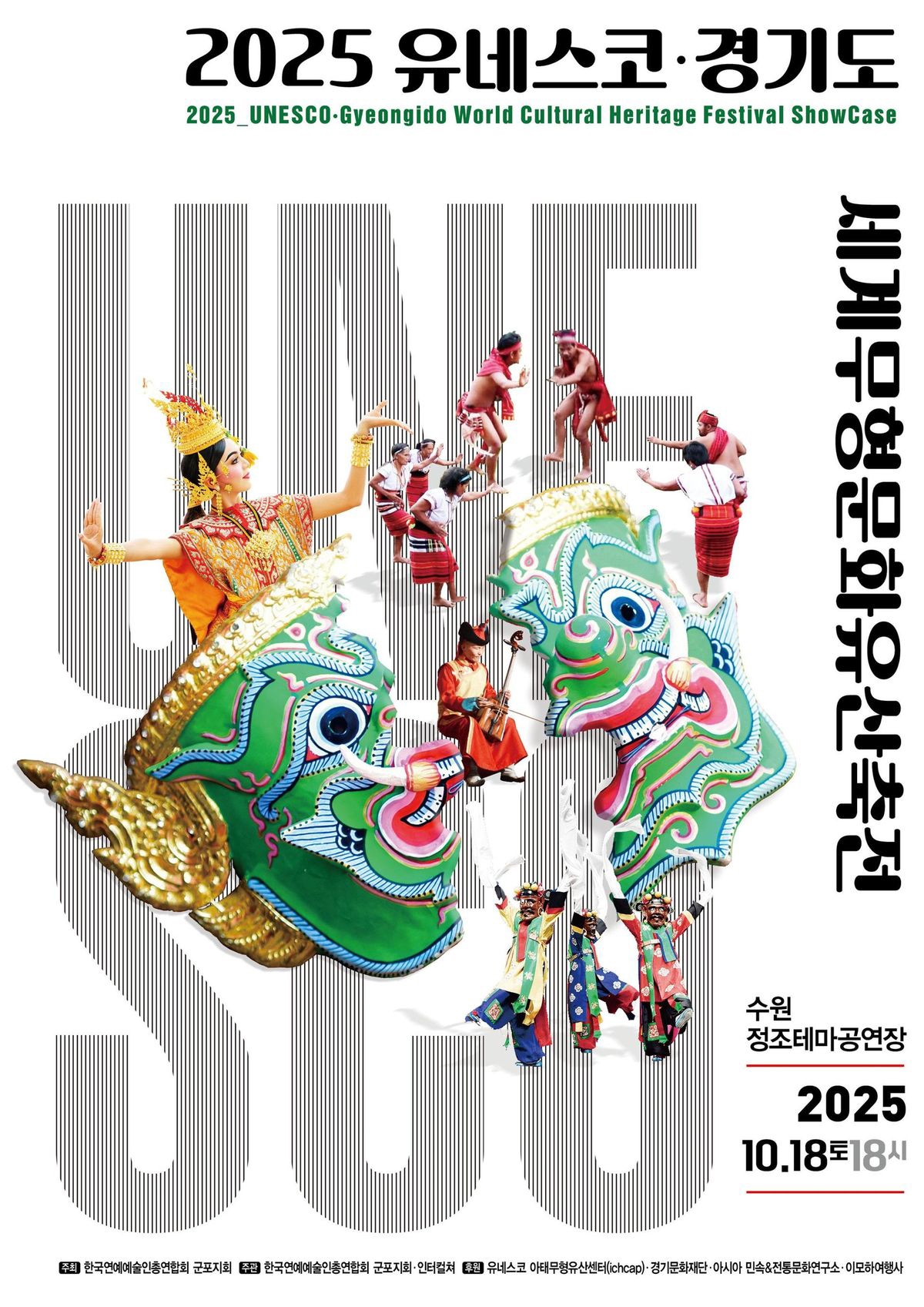
Poster introducing the UNESCO-Gyeonggi World Cultural Heritage Exhibition 2025, to be held in Suwon, Gyeonggi Province, South Korea on October 18. (Photo: Organizing Committee)
Vietnam's Ca Tru art was recognized by UNESCO as an intangible cultural heritage of humanity in need of urgent protection on October 1, 2009. This is the world cultural heritage with the largest area of influence in Vietnam, spanning across 16 northern provinces and cities.
Ca tru also has other names such as: A dao, dao nuong ca, co dau (singing in singing houses), nha tro (singing in communal houses, temples, shrines), nha to (singing in mandarin's palaces, private homes of noble families), cua quyen (in the palace)... Ca tru originated from folk songs, folk music combined with some folk performances and dances, from the worship singing style at communal houses, khao singing, wedding singing... then gradually professionalized into ca tru.
The uniqueness of Ca Tru is because it is a comprehensive art form, a diverse, sophisticated, and smooth combination of poetry, music , and sometimes dance and performance. The name Ca Tru comes from the form of performance. The people who listen to the actors and actresses sing are called quan vien. Those who are knowledgeable in music, vocals, dance, etc. sit and hold the Chau drum. Listening to the actors and actresses sing with a round, clear voice, the sound is sometimes passionate, sometimes gentle, sometimes strong, sometimes elegant, sometimes slow, sometimes fast, the quan vien will beat the Chau drum. Each drum beat corresponds to a reward card (tru) thrown into the box, hence the name Ca Tru singing.
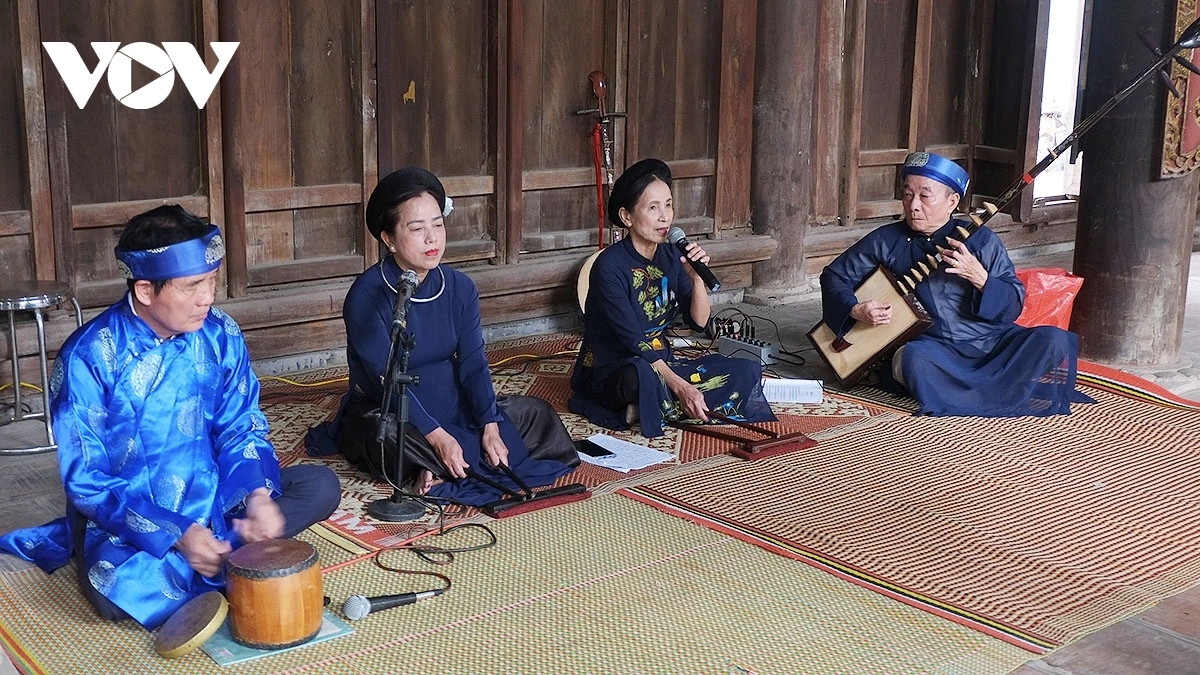
The fact that Ca Tru was invited to participate in the UNESCO-Gyeonggi World Cultural Heritage Exhibition 2025 further affirms the strong influence and value of Ca Tru in Vietnam's traditional cultural and artistic life, recognized and honored by international friends.
“By inviting the “living treasures” of mankind, Gyeonggi Province hopes to provide its people with a high level of cultural enjoyment and make the festival a world-class traditional arts and tourism event, along with the Royal Parade of King Jeongjo,” said Nam Jeong Sook, general director of the event, adding that the 2025 performance and the preliminary event for the 2026 festival will be important measures to evaluate whether Gyeonggi Province can successfully host a large-scale festival next year with the participation of more than 20 countries.
“We will do our best to ensure that the intangible cultural heritage managers of these five countries have a good performance and successfully establish a network. We hope that many people will participate in this precious opportunity, which is rarely mentioned even in textbooks.”
The performance will begin at 6 p.m. on October 18 at the Jeongjo Theme Performance Hall inside the Temporary Palace at Hwaseong Fortress in Suwon.
Source: https://vov.vn/van-hoa/di-san/viet-nam-mang-ca-tru-den-trien-lam-di-san-van-hoa-the-gioi-unesco-gyeonggi-2025-post1237715.vov






![[Photo] Nhan Dan Newspaper launches “Fatherland in the Heart: The Concert Film”](https://vphoto.vietnam.vn/thumb/1200x675/vietnam/resource/IMAGE/2025/10/16/1760622132545_thiet-ke-chua-co-ten-36-png.webp)





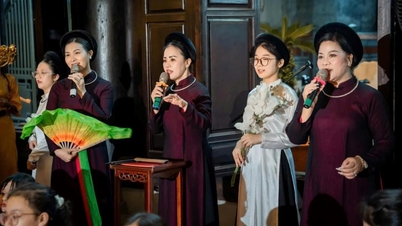

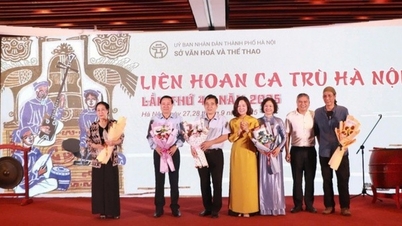

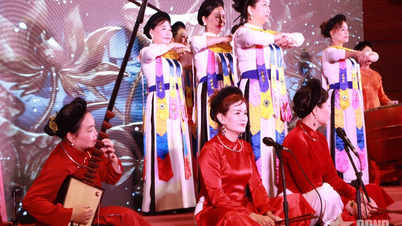



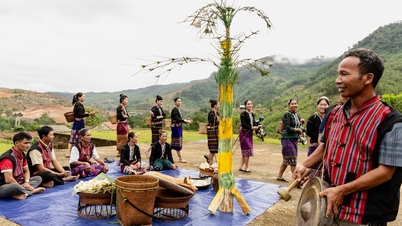






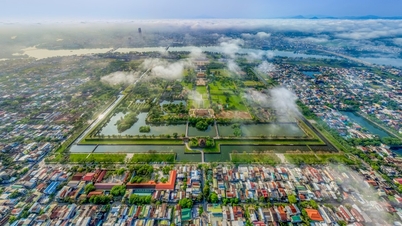

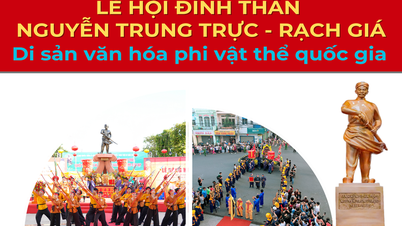







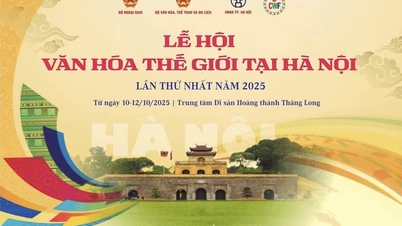







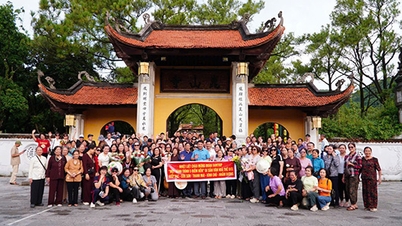








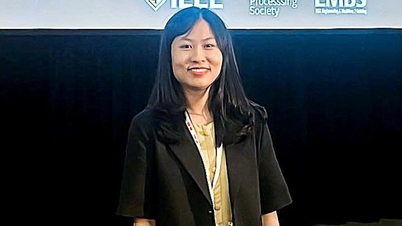



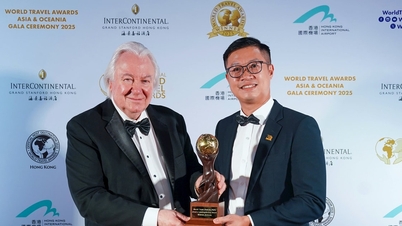

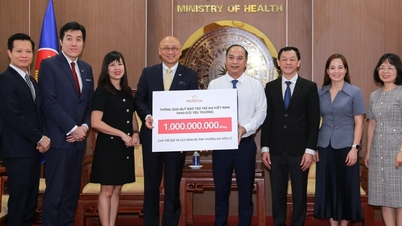
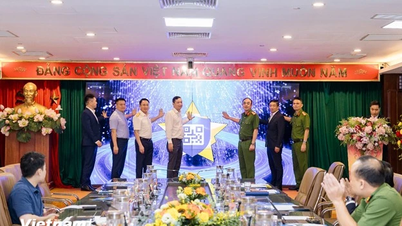
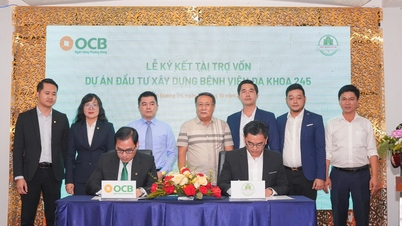


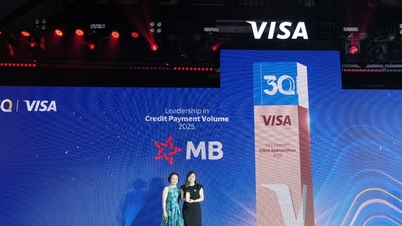










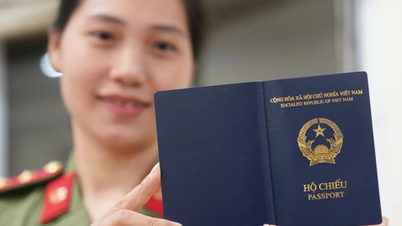
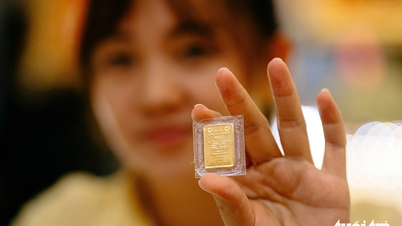
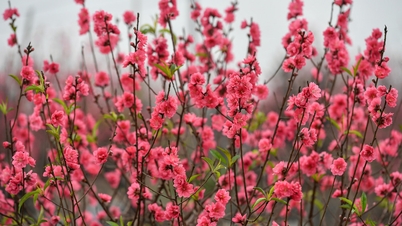

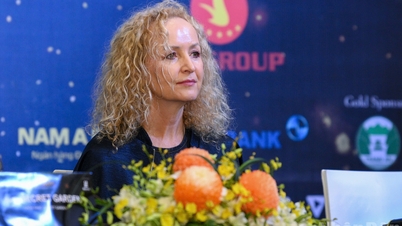
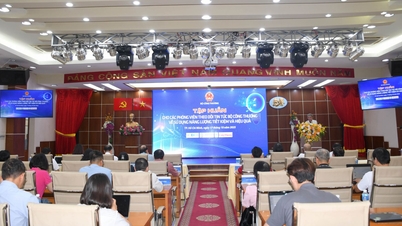

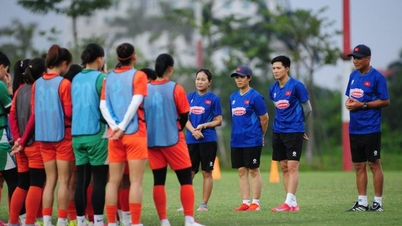

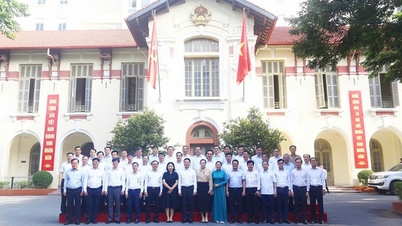


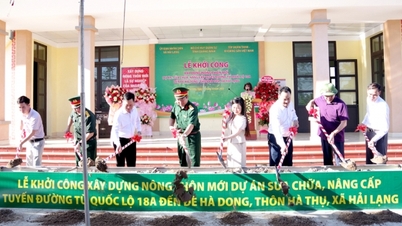

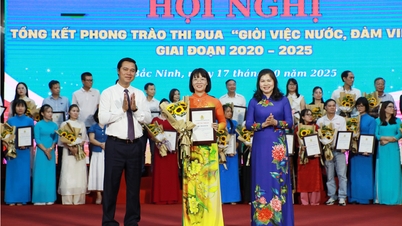

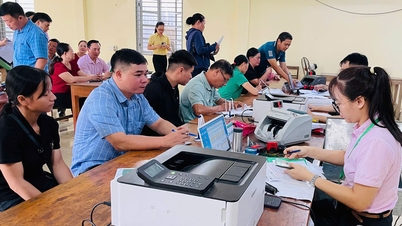

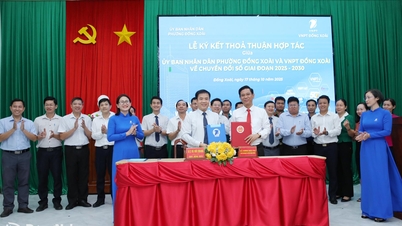






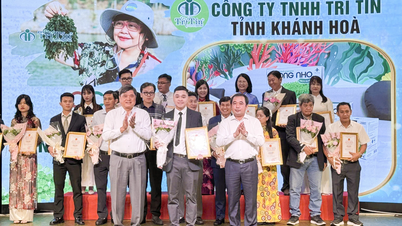

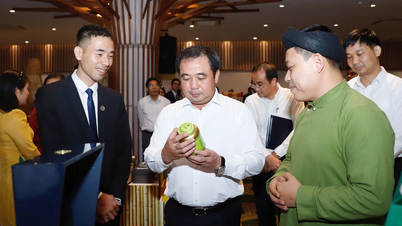






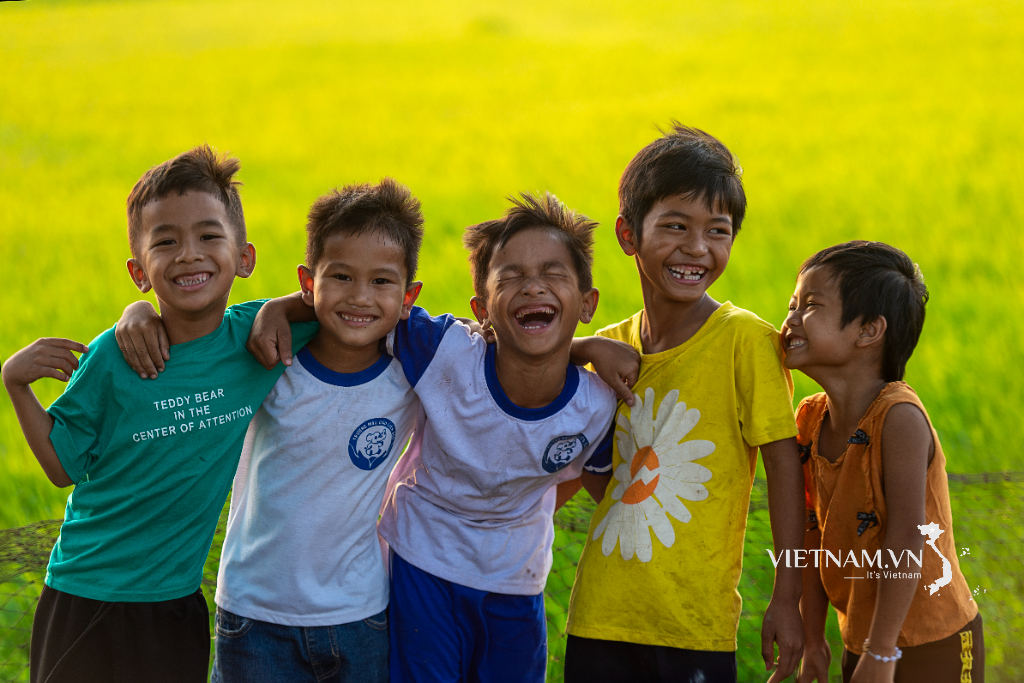

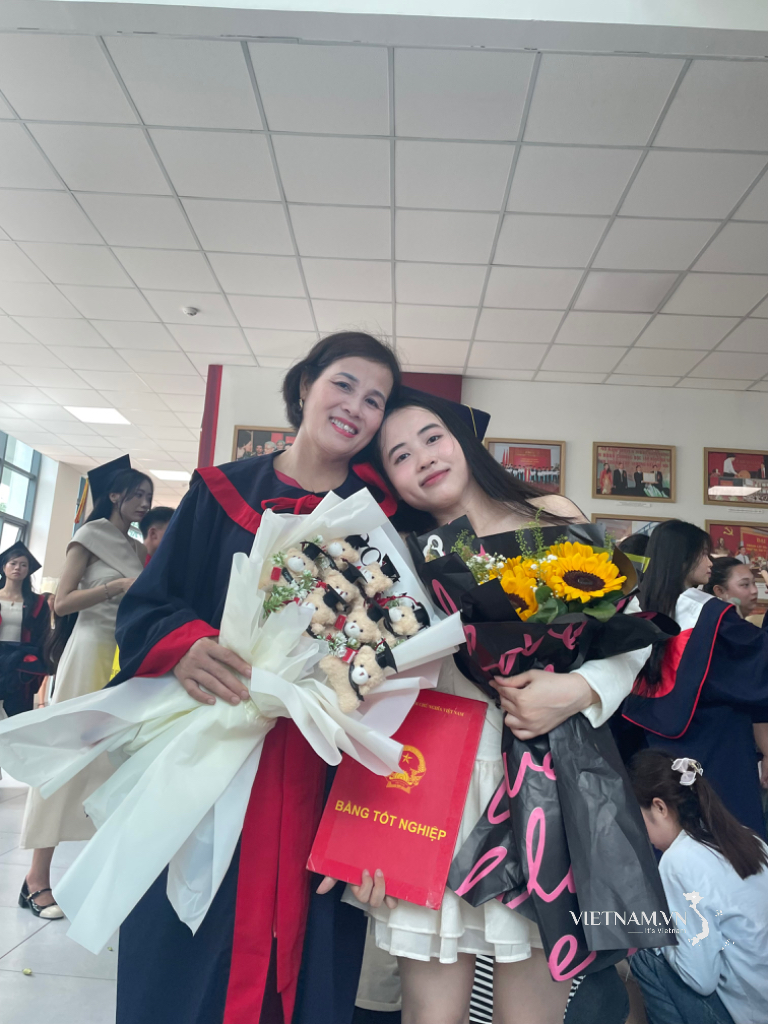
Comment (0)